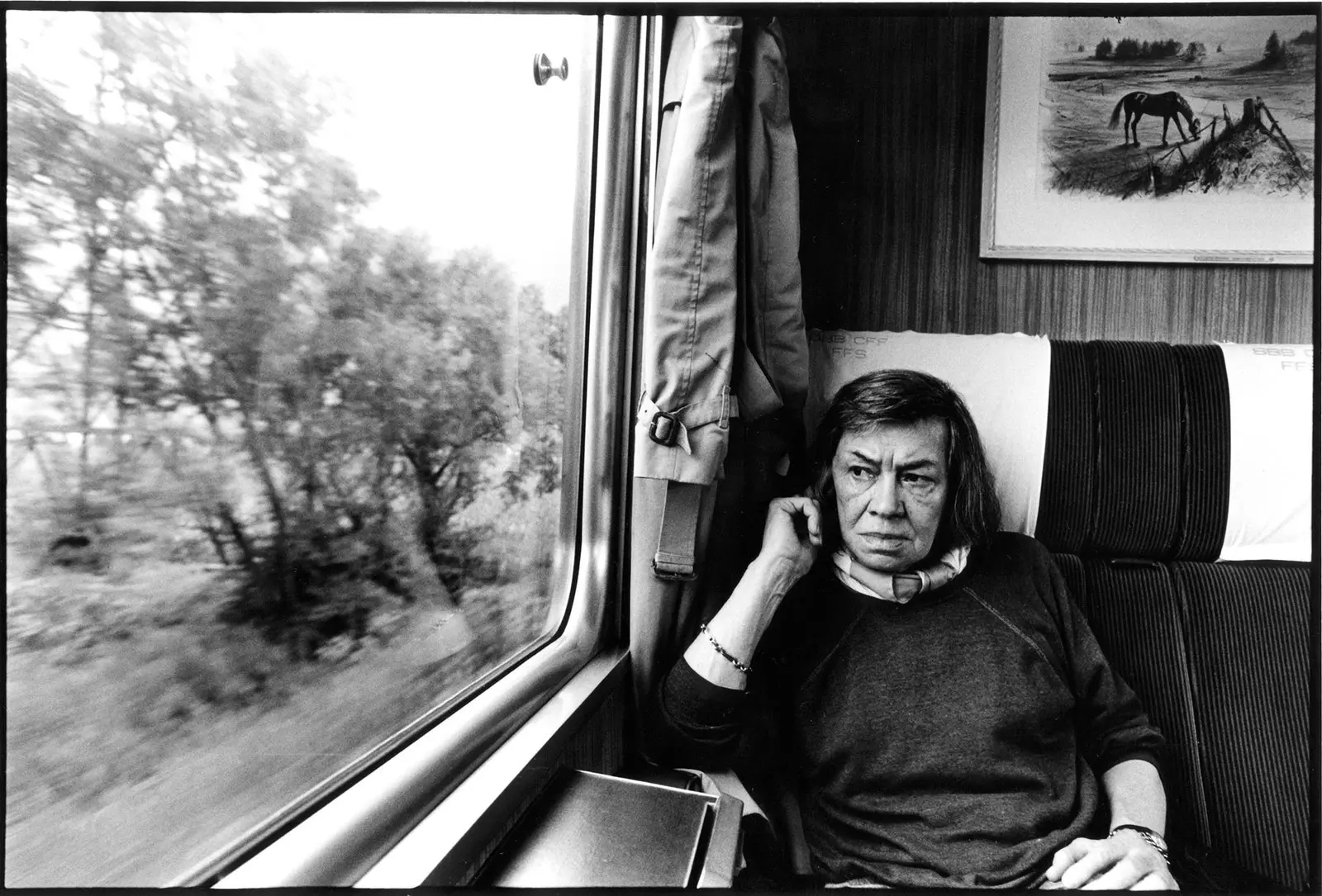
Patricia Highsmith on a train from Locarno to Zurich, in 1987.
Tom Ripley was traveling with two suitcases. His own and that of the man he had killed and supplanted. Patricia Highsmith conceived the idea of this character, capable of murder, deceit and without remorse, during her first trip to Europe, in the summer of 1952. One morning, while he was smoking on the balcony of her room at the romantic Albergo Miramare hotel, in Positano, she saw “a lonely young man in shorts and sandals, towel over his shoulder, walking along the beach. He had a pensive, perhaps restless air, ”as she recalled in 1989 for Granta magazine.
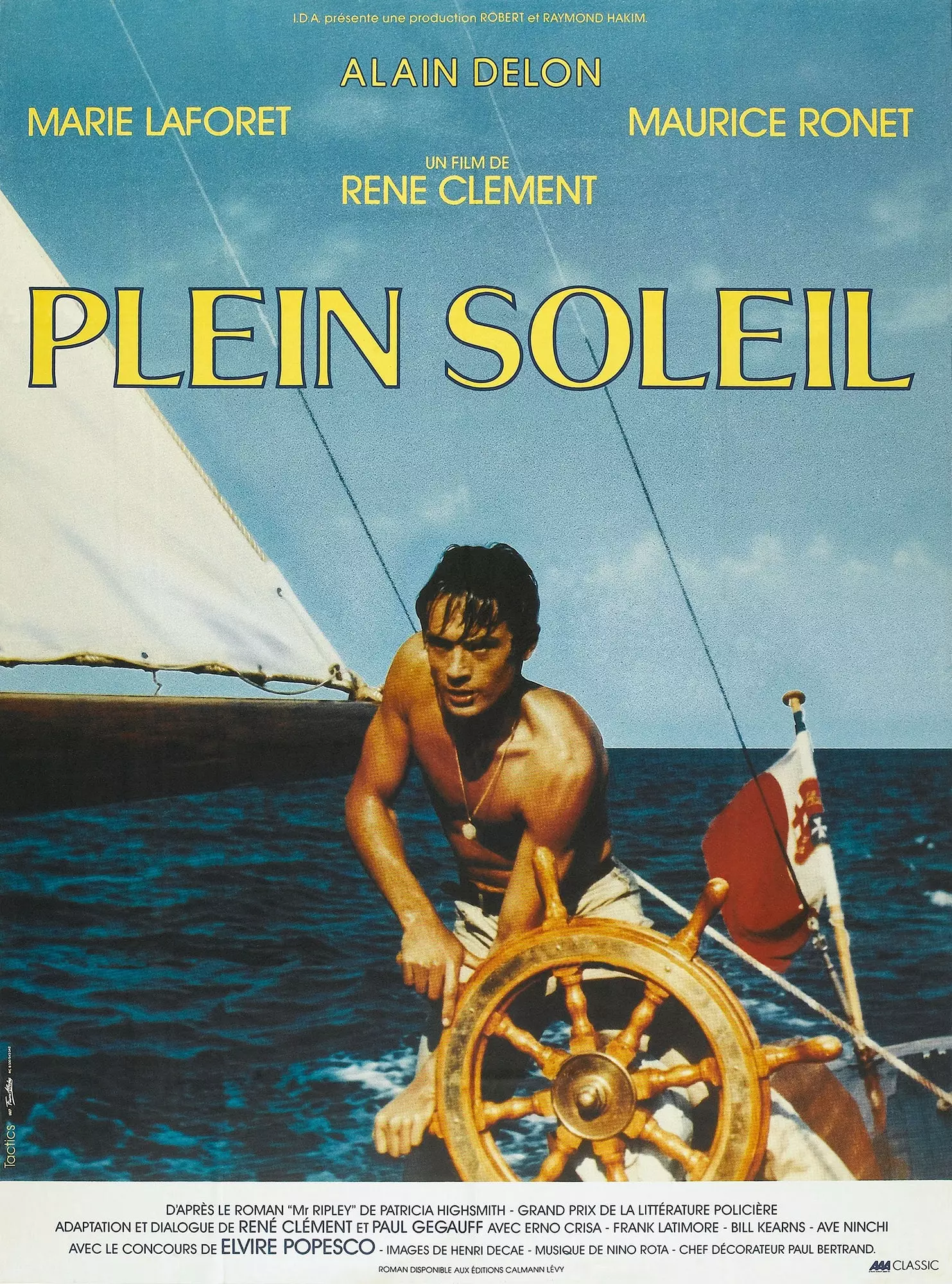
Poster for 'In Full Sun', René Clément's free adaptation of 'The Talented Mr. Ripley' with Alain Delon as Ripley.
The writer was then 31 years old and her novel Strangers on a Train had been adapted into a film by Alfred Hitchcock; the film rights had allowed him to make this trip with her girlfriend, Ellen Blumenthal Hill, with whom she had a stormy relationship. Two years later, she recovered that evocative image to write The Talented Mr. Ripley (1955), perhaps the most special and different of her books, of which she herself was aware, according to her biographer Joan Schenkar. the antihero, a psychopath obsessed with social climbing, he did his thing in four other novels, conquering an audience not yet familiar with twisted and charming killers in the style of Dexter or You.
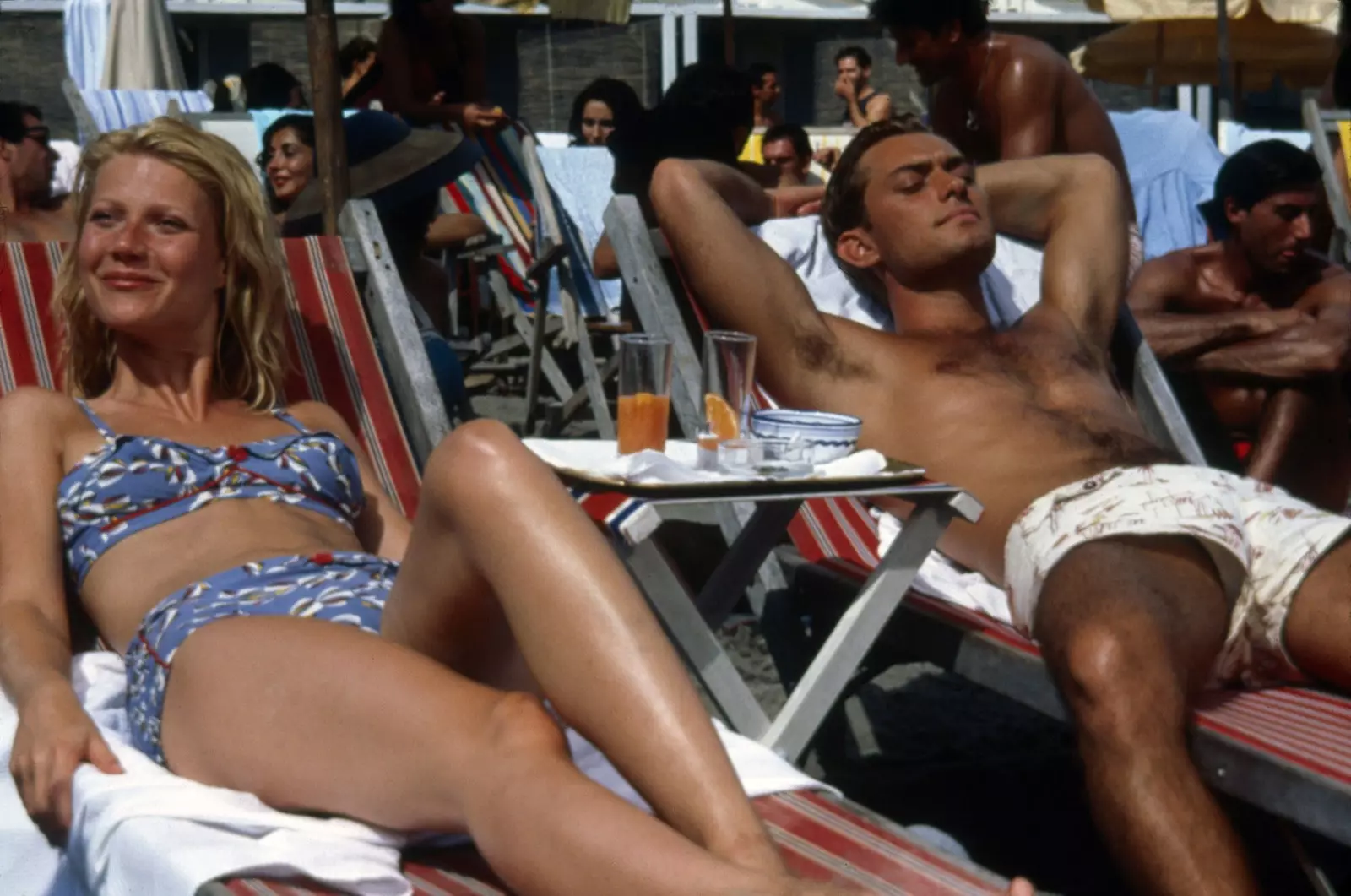
Gwyneth Paltrow and Jude Law in the film adaptation of 'The Talented Mr. Ripley' by Anthony Minghella (1999).
sympathize with this somewhat misogynistic and snobbish criminal, self-conscious and pretentious, capable of leading a 'respectable' life and even lovingly caring for his wife it is almost unavoidable. Perhaps because there is one thing that we share from the heart with him: his longing for beauty, his love of travel. Who could blame Ripley for wanting to live an endless vacation, enjoying Italian and Greek islands, the best hotels, the most exclusive society here and there, collecting select souvenirs, from wines, instruments and works of art to Gucci shoes?
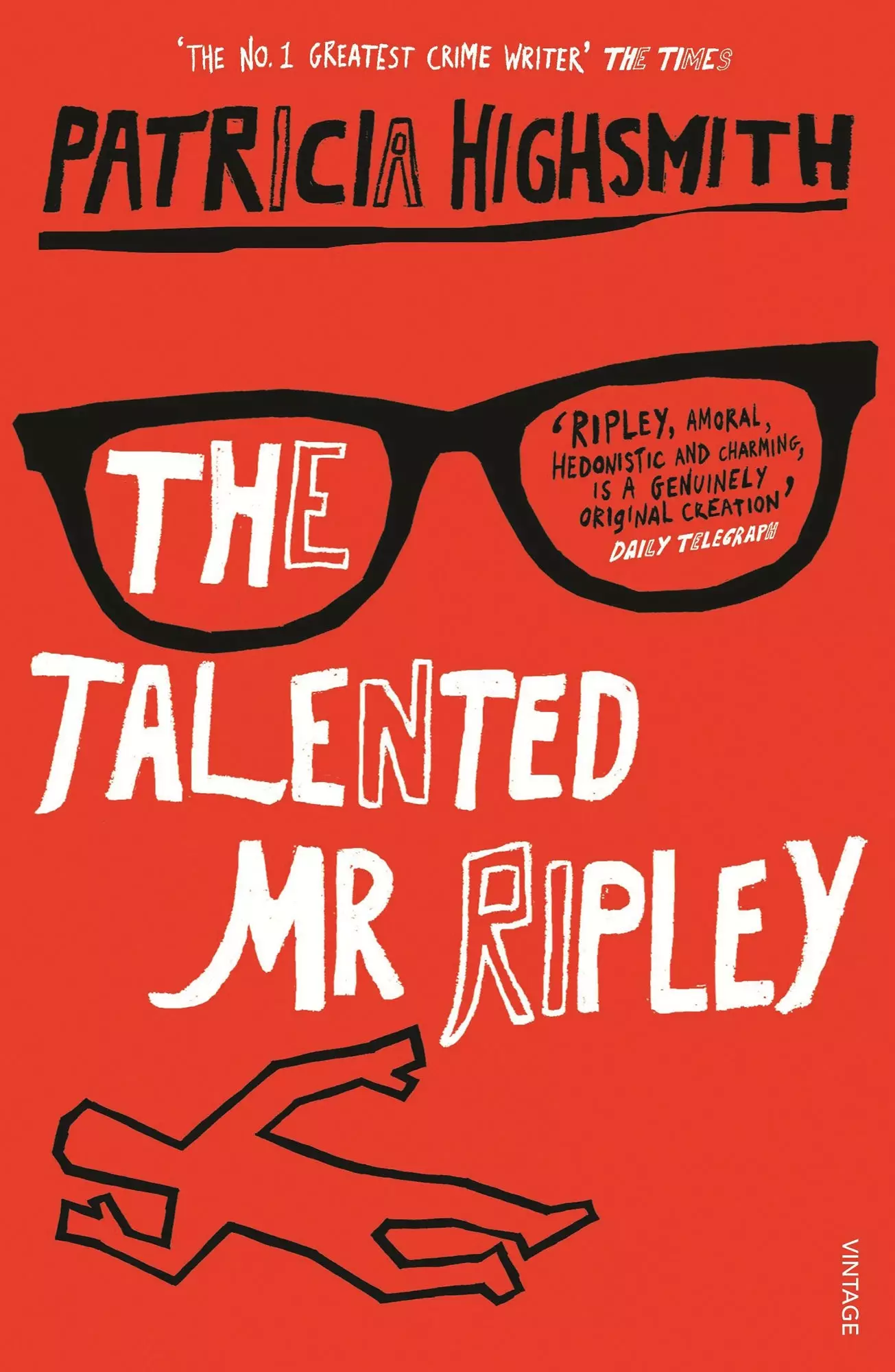
Cover of the famous novel 'The Talent of Mr. Ripley' (1955).
“It was wonderful to think that they would return to Rome (...) and they would visit all the museums they hadn't been able to see this time, and it was wonderful to think that this very afternoon they could lie on the beach from Mongibello, roasting in the sun,” wrote the Texan author, who made millions of readers travel to that fictional town, Mongibello, hand in hand with an unpunished swindler, thief and murderer. Alain Delon and Matt Damon, among others, have embodied it on the big screen, forever instilling in us the desire to get lost among colorful houses and cliffs. over turquoise waters. If René Clément filmed his 1960 nouvelle vague version on the island of Ischia, Anthony Minghella did the same in 1999 by adding Procida to the equation. Both islands preserve a certain wild charm and can be explored on a Vespa, like Jude Law did in the 90s version.
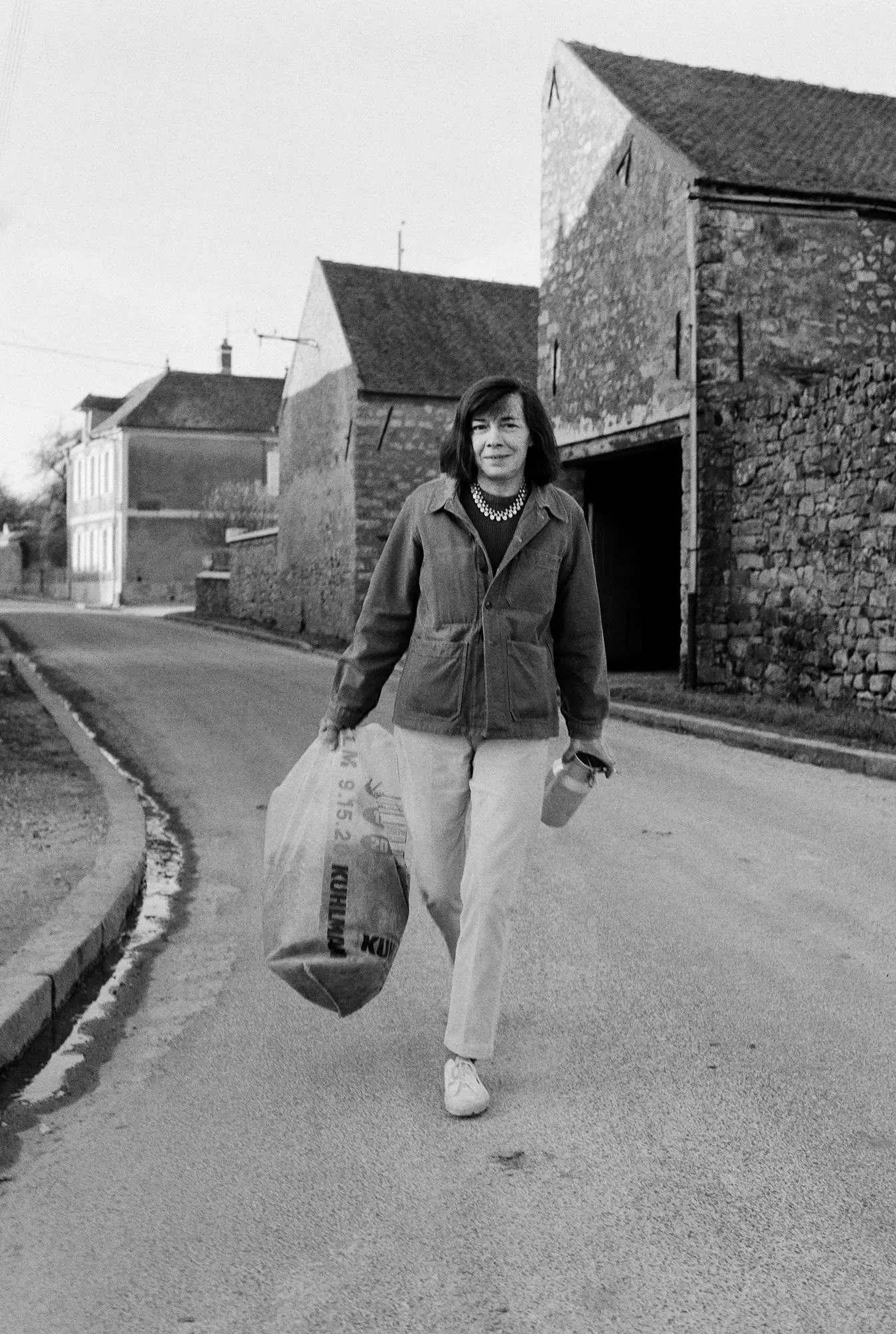
Portrait of the writer.
Although these are the scenarios that have been recorded in our retina the most, Highsmith has not only taken us on a trip to the blue Mediterranean. Berlin, Hamburg, Paris, London, the streets of New York, her suburbs and Ripley's bucolic and refined mansion in the south of France –Corpse in the garden included–, are other destinations and scenarios that she portrayed in her novels.
This 2021 One hundred years have passed since the birth of Highsmith, born on January 19 in Fort Worth, Texas, with the name Mary Patricia Plangman, that she would later adopt her stepfather's surname. The comic author Miguel Gallardo, who has been inspired by two of her stories to honor her in the comic A strange murder and other stories (Fnac), suggests that her 'bad roll' spirit fits perfectly with the pandemic and confinement.
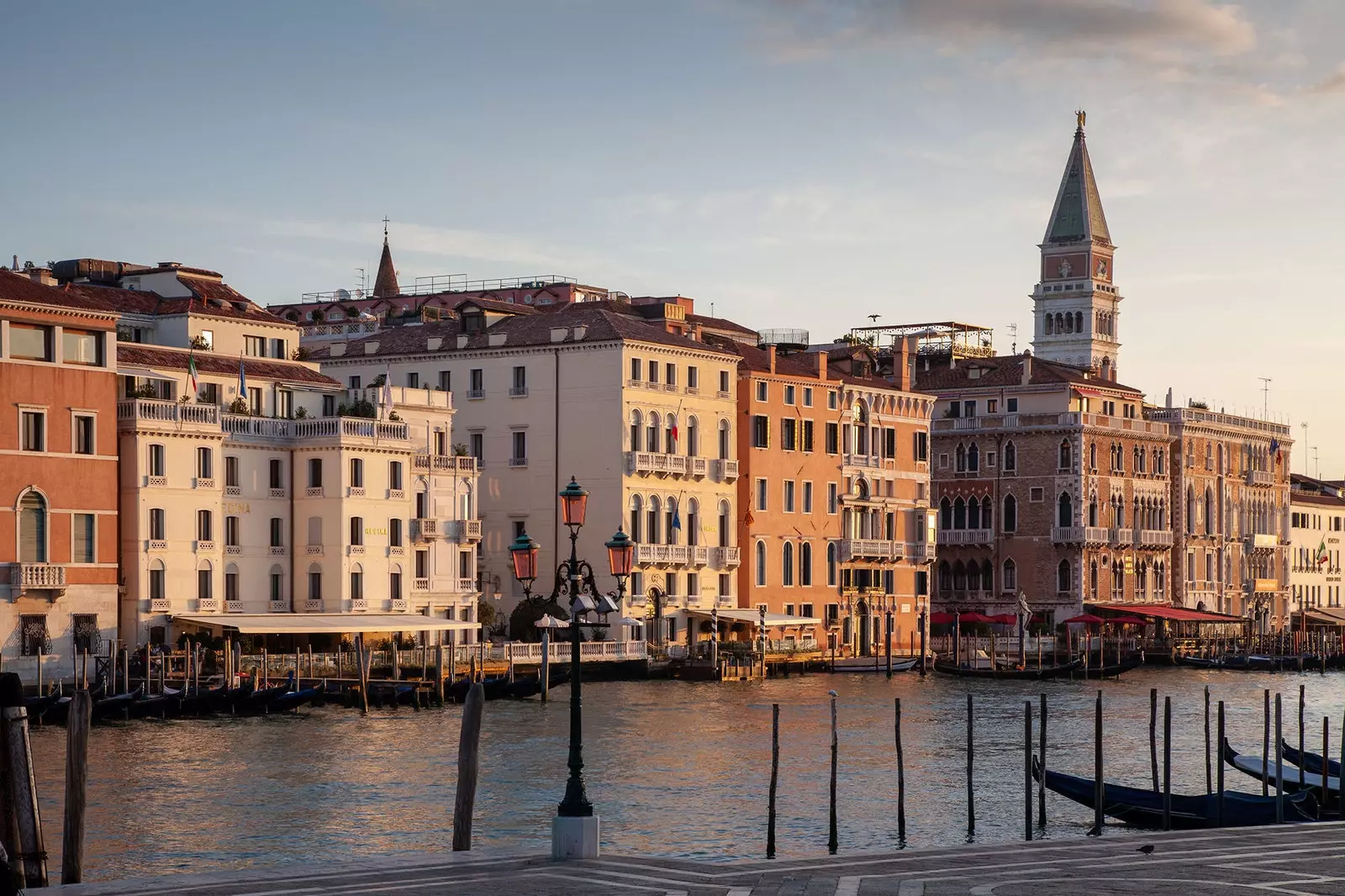
The St. Regis Venice is one of the stages that Ripley travels.
Her commission also came to him when she was undergoing surgery for a brain tumor. "It came to my hair because in their plots everything is very psychological, and in my situation everything went through my head," Miguel tells us. Also to be published in the coming months are Highsmith's controversial diaries, She is a voracious reader of Dostoevsky and Poe, who surely got from the psychiatrist Karl Menninger the idea that 'the neighbors next door' could suffer from a strange and inappreciable psychosis. She always had a complicated relationship with her mother, she could have suffered abuse in childhood and She was a friend of Truman Capote, who supported her in her beginnings.

Viggo Mortensen starred in the film adaptation of 'The Two Faces of January', by Hossein Amini (2014).
He had a steady job as a comic book writer, something that he hid with the same care that Ripley did the same with his 'affairs'. She was also suspected of tax fraud and, like him and the protagonist of her novel Edith's Diary (1977), she fabulously fabulous in her personal writings. Hiding in plain sight was her way of life: for years, she hid her authorship of The Price of Salt, a novel with autobiographical overtones about a lesbian romance, which she later admitted as hers and renamed Carol. The more sinister tidbits of her biography include having created a list of advice for boys (whom she hated) who wanted to murder their parents and admit their contempt for women in an interview for the New York Times because "they are tied to home, to someone, they are not as independent to travel and do not have the necessary physical strength.”
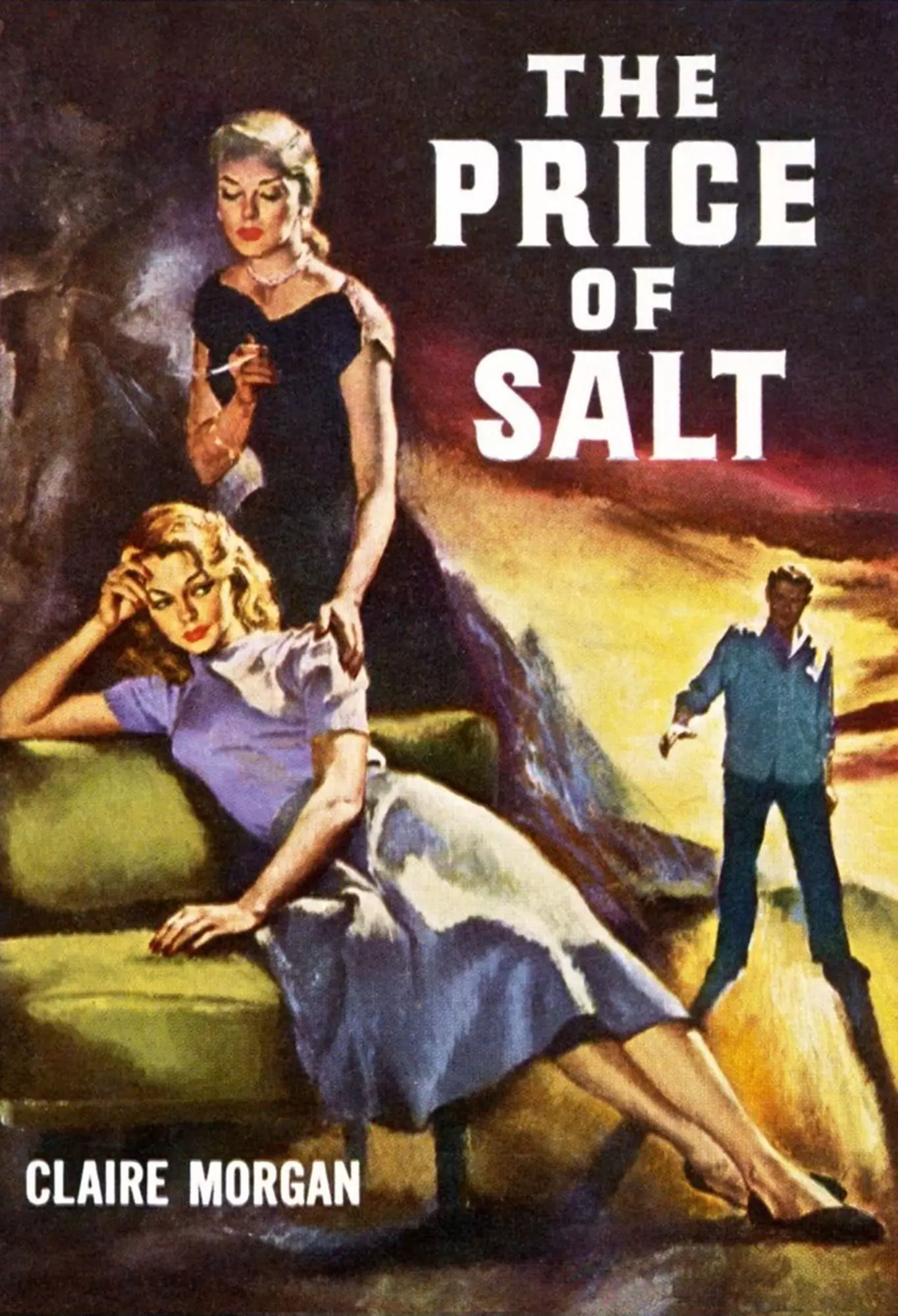
The novel 'The Price of Salt' (1952), was published under her pseudonym. She later 'accepted' it and republished it as 'Carol'.
Her morbid pessimism didn't catch on in the US (neither did her communist leanings) her and eventually she went into exile, first to Britain and France, then to Switzerland, where she followed a self-destructive diet of insomnia, whiskey, beer and cigarettes, surrounded by cats and snails. She died in Locarno in 1995, leaving behind a collection of essential crime novels, ** a walk to our darkest side. **
This article was published in number 144 of the Condé Nast Traveler Magazine (January-February 2021)
